Welcome to Highlights Through Time! This blog will summarise, collect and distribute bite-size information chunks to fill your feed with a daily helping through which we aim to teach you about a person (randomly selected throughout human history) who you just might have never heard of before! In doing so, we hope to help even those with busy, hectic lifestyles to 'learn something new every day'! (The Admin would like to point out by way of a disclaimer that whilst all this information has been compiled at our own expense, not only do none of the pictures belong to us [unless explicitly stated otherwise], but the point of this non-profit website is education and the free distribution of knowledge. Furthermore, whilst volumes can be written about each figure featured, the point of this site is to condense into information for the complete beginner so that they may take it upon themselves to delve deeper into a character who may intrigue them--it is in no way designed to be a definitive account of their lives.)
Don't wanna be here? Send us removal request.
Photo
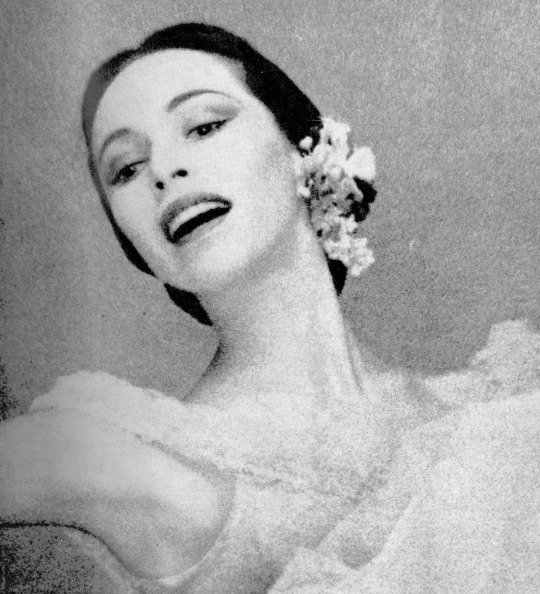
Maria Tallchief
Elizabeth Marie Tall Chief (Osage family name: Ki He Kah Stah Tsa)
24-Jan-1925 to 11-April-2013
Fairfax, Oklahoma, USA
Prima Ballerina
Born to an Osage Nation father, she became an eventually well-know ballerina. In 1947 Maria began dancing with the New York City Ballet until her retirement in 1965. Often considered America's first major prima ballerina, she was also the first Native American to hold the rank. Moving to New York at 17, she spent five years with the Ballet Russe de Monte Carlo, where she met George Balanchine who advanced her career.
The combination of Balanchine's difficult choreographing and Tallchief's passionate dancing revolutionised the ballet. Her 1949 role in The Firebird catapulted Tallchief to the top of the ballet world, establishing her as a prima ballerina. Her role as the Sugarplum Fairy in The Nutcracker transformed the ballet from obscure to America's most popular. She traveled the world, becoming the first American to perform in Moscow's Bolshoi Theatre.
She served as director of ballet for the Lyric Opera of Chicago for most of the 1970s. Soon after she founded the Chicago City Ballet in 1981 and remained it’s artistic director for many years. Since 1997 she was an adviser in the Chicago dance schools and continued to astound future dancers with her always-ahead-of-her-skill abilities.
Maria was honored by the people of Oklahoma with multiple statues and an honorific day. She was inducted in the National Women’s Hall of Fame and received a National Medal of Arts. In 1996, she received a Kennedy Centre Honour for lifetime achievements. She remained closely tied to her Osage history until her death, speaking out against stereotypes and misconceptions about Native Americans on many occasions.
Maria will always be remembered for her influence on ballet, as well as her work in advancing the position of Native Americans. It is often said that she "paved the way for dancers who were not in the traditional mold (sic) of ballet ... she was crucial in breaking the stigma."
You Should Check Out: Maria Tallchief in George Balanchine's Firebird
#prima ballerina#ballerina#new york city ballet#native american#osage#nation#elizabeth marie tall chief#Maria Tallchief
11 notes
·
View notes
Text
George Beauchamp
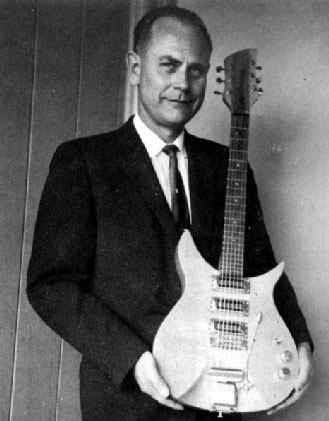
George Delmetia Beauchamp
18-Mar-1899 to 30-Mar-1941
Coleman County, Texas, USA
Inventor of Musical Instruments
Beauchamp performed in vaudeville, playing the violin and the lap steel guitar, before he settled in Los Angeles, California.
During the 1920s, he experimented with the creation of electric lap steel guitars, electric guitars, electric bass guitars, electric violins, and instrument amplifiers. In 1931 he joined with Paul Barth and Adolph Rickenbacker to form the Ro-Pat-In Corporation to produce and sell electrified string instruments.
In 1937 Beauchamp secured a United States patent for the electric guitar. Made from aluminium and with two horseshoe-shaped magnets, its circular body and long neck inevitably attracted the nickname ‘the frying pan’. Its invention can be partly credited to the rise in popularity of Hawaiian music in 1930s America, which was held back by the fact that the acoustic guitar simply was not loud enough.
He died of a heart attack in 1941 while deep-sea fishing near Los Angeles. He was survived by his wife, Myrtle, and two children, Frances and Nolan.
List of Inventions:-
1929 - Patent applied for the single-cone dobro guitar
1934 - Patent applied for the electric lap steel guitar (nicknamed the frying pan)
1936 - Patent applied for the electric guitar (called the electro Spanish guitar, which was a hollow-body electric guitar)
1936 - Patent applied for the electric violin
#george beauchamp#electric guitar#inventor#obscure#guitar#music#musical#instrument#great inventions#USA#Texas#Coleman county
0 notes
Text
Hypatia of Alexandria
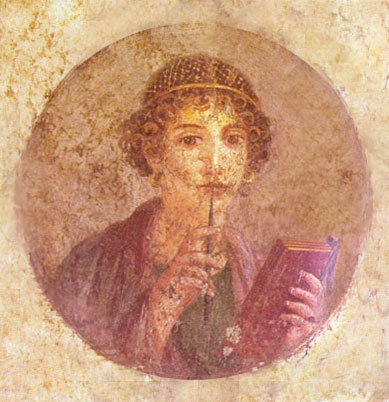
Ὑπατία - Hypatia
c. AD 350 – 370; died March 415
Alexandria, Egypt
Neoplatonist Philosopher (Western; Ancient), Mathematician, Astronomer
Hypatia was a Greek Alexandrine Neoplatonist philosopher in Egypt who was one of the earliest mothers of mathematics. As head of the Platonist school at Alexandria (where she imparted the knowledge of Plato and Aristotle to students, including pagans, Christians, and foreigners), she also taught philosophy and astronomy. She was a follower of Plotinius who developed neo-Platonism at Alexandria from about 400 to her death in 415. She was so well-known, apparently, that correspondence addressed only to "The Philosopher" is said to have reached her.
Also a leading mathematician and astronomer, she is thought to have taught ideas relating to different levels of reality and humanity's ability to understand them. She seems to have believed that everything in the natural world emanates from "the one" - and that human beings lack the mental capacity fully to comprehend ult imate reality.
Her subsequent obscurity probably reflects the fact that none of her work survives (although letters from a pupil do). It appears, however, that her influence made the city's Christian community feel threatened - perhaps partly because of her emphasis on the value of science. She was torn to death by a Christian mob (including monks armed with oyster shells). According to the only contemporary source, Hypatia was murdered by a Christian mob after being accused of exacerbating a conflict between two prominent figures in Alexandria: the governor Orestes and the Bishop of Alexandria. Admirers revere her as a philosophical martyr comparable to Socrates. Kathleen Wider proposes that the murder of Hypatia marked the end of Classical antiquity, and Stephen Greenblatt observes that her murder "effectively marked the downfall of Alexandrian intellectual life".
Her Works: No works widely recognised as being her own have survived antiquity to the present time. Her contributions, however, still exist in the form of commentaries, such as a commentary on the Conics of Apollonius, though we have seemingly lost the greatest of her contributions to her fields.
#Hypatia of Alexandria#hypatia#female#philosopher#mathematician#astronomer#antiquity#AD#greek#alexandria
28 notes
·
View notes
Text
Molière
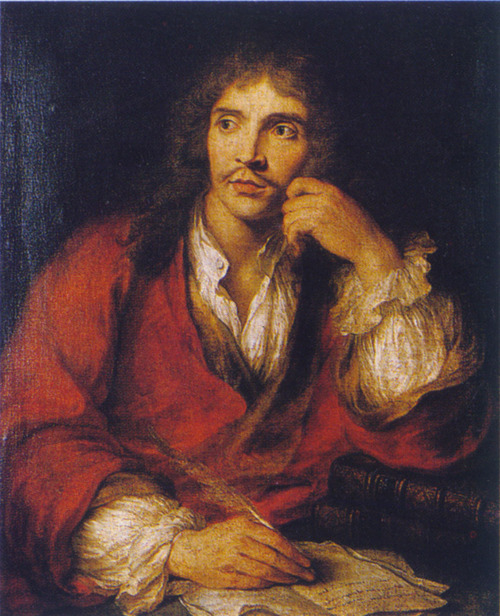
Jean-Baptiste Poquelin, known by his stage name Molière
15-Jan-1622 (baptised) to 17-Feb-1673
Paris, France
Playwright, Actor and Stage Manager
Born in Paris to a prosperous bourgeois family, Molière abandoned his social class at the age of 21 in 1631 to pursue a career on the stage. Taking leave of his father, he joined the actress Madeleine Béjart, with whom he had crossed paths before, and founded the Illustre Théâtre with 630 livres. The new theatre troupe went bankrupt in 1645. It was at this time that he began to use the pseudonym Molière, possibly inspired by a small village of the same name in the Midi near Le Vigan. It was also likely that he changed his name to spare his father the shame of having an actor in the family (actors, although no longer vilified by the state under Louis XIV, were still not allowed to be buried in sacred ground).
Despite his own preference for tragedy, which he had tried to further with the Illustre Théâtre, Molière became famous for his farces, which were generally in one act and performed after the tragedy. Les Précieuses Ridicules won Molière the attention and the criticism of many, but it was not a popular success.
On February 20, 1662, Molière married Armande Béjart, whom he believed to be the sister of Madeleine. The same year he premiered L'École des femmes, subsequently regarded as a masterpiece. It poked fun at the limited education that was given to daughters of rich families, and reflected Molière's own marriage. The play attracted much criticism, and sparked protests in Paris.
In 1666, Le Misanthrope was produced. It is now widely regarded as Molière's most refined masterpiece, the one with the highest moral content, but it was little appreciated at its time. It caused the "conversion" of Donneau de Visé, who became fond of his theatre. But it was a commercial flop, forcing Molière to immediately write Le médecin malgré lui, a satire against the official sciences. In several of his plays, Molière depicted the physicians of his day as pompous individuals who speak (poor) Latin to impress others with false erudition, and know only clysters and bleedings as (ineffective) remedies.
Ironically, he died of pulmonary tuberculosis during the fourth performance of his last play, Le Malade imaginaire, or 'The Imaginary Invalid'.
You May Know: Le Misanthrope, and Tartuffe ou L'Imposteur
You Should Check Out: Le Malade imaginaire, or Le Médecin malgré lui
A Film Biography On Molière Worth Checking Out: http://www.imdb.com/title/tt0077941/ - 1978
#Molière#french#playwright#actor#17th century#comedy#le misanthrope#france#literature#influential#jean-baptiste poquelin
0 notes
Text
Dorothy Hodgkin
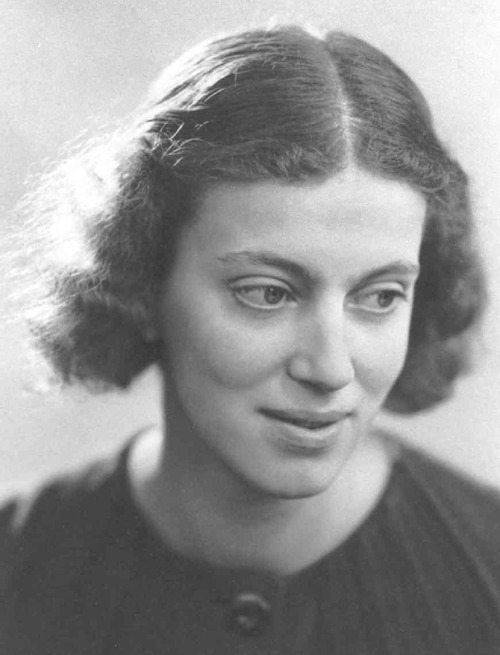
Dorothy Mary Hodgkin (née Crowfoot)
12-May-1910 to 29-July-1994 -- She would have been 103 at this moment!
Dorothy was born in Cairo, Egypt, to a pair of British archaeologists (John and Grace Mary, both experts in Egyptology). She was sent home to England for school, where she was one of only two girls who were allowed to study chemistry with the boys. At 18, she enrolled in one of Oxford’s women’s colleges and studied chemistry and then moved to Cambridge to study X-ray crystallography, a type of imaging that uses X-rays to determine a molecule’s three-dimensional structure. In 1934 she returned to Oxford. She would go on to teach chemistry and use X-ray crystallography to study interesting biological molecules. She spent years perfecting the technique, for which she was awarded a Nobel Prize in 1964, and determined the structures of penicillin, vitamin B12 and insulin. In 2010, 16 years after her death, the British Royal Mail celebrated the 350th anniversary of the Royal Society by issuing stamps with the likenesses of 10 of the society’s most illustrious members, including Isaac Newton and Benjamin Franklin; Hodgkin was the only woman in the group.
She was the second woman recipient of the Order of Merit in 1965 (preceded only by Florence Nightingale), the first woman recipient of the Copley Medal, a Fellow of the Royal Society, a winner of the Lenin Peace Prize, and was Chancellor of Bristol University from 1970 to 1988.
She is regarded as one of the pioneer scientists in the field of X-ray crystallography studies of biomolecules. She today remains the leading authority in her field, and if not for her, who knows how long it would have taken to research the complex insulin structure, something diabetics the world over owe to her discoveries.
#dorothy hodgkin#scientist#chemist#chemistry#x-ray#protein crystallography#british#cairo#egypt#oxford#biochemistry#nobel prize#20th century
12 notes
·
View notes
Text
Hayao Miyazaki
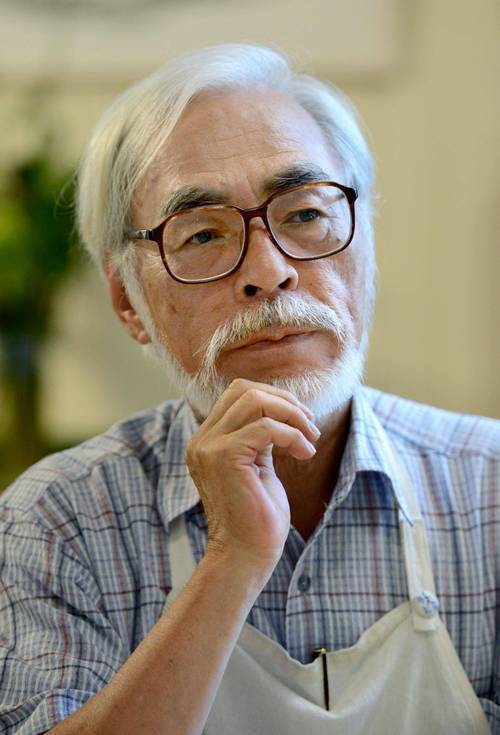
宮崎 駿 - Miyazaki Hayao
5-Jan-1941 = 73 Years Old
Bunkyō, Tokyo, Japan
Japanese Film Director, Animator, Mangaka, Illustrator, Producer and Screenwriter (now retired)
With a career spanning six decades, Miyazaki has attained international acclaim as masterful storyteller and as a maker of anime feature films and, along with Isao Takahata, co-founded Studio Ghibli, often referred to as the Disney of the East. Beginning his career in 1963 for Toei Animation, it wasn't until 1979 when his first feature-length film, Lupin III: The Castle of Cagliostro, was released that he was able to fully exercise his passion as a storyteller and director. After the success of his next film, Nausicaä of the Valley of the Wind, he co-founded Studio Ghibli, where he continued to produce many feature films of a high calibre, evoking storytelling techniques generally unseen up to this point in animated features, thus arguably revolutionising the industry and art form.
In 1997, the hugely successful Princess Mononoke was released (he redrew 80,000 of the film's frames himself), becoming the highest grossing film in Japan (until being eclipsed shortly afterwards by Titanic), winning the Picture of the Year at the Japanese Academy Awards. It's success prompted Miyazaki to take a 'temporary retirement', though he continued to produce movies and returned to the helm with Spirited Away in 2001, his biggest commercial success to date, grossing almost $300 million and winning the Academy Award for Best Animated Feature in 2002.
Miyazaki's films often contain recurrent themes, like humanity's relationship with nature and technology, pro-feminism, and the difficulty of maintaining a pacifist ethic. The protagonists of his films are often strong, independent girls or young women. While two of his films, The Castle of Cagliostro and Castle in the Sky, involve traditional villains, his other films like Nausicaä and Princess Mononoke present morally ambiguous antagonists with redeeming qualities.
You May Know: Spirited Away
You Should Check Out: Nausicaä of the Valley of the Wind
7 notes
·
View notes
Text
Wolfgang Amadeus Mozart
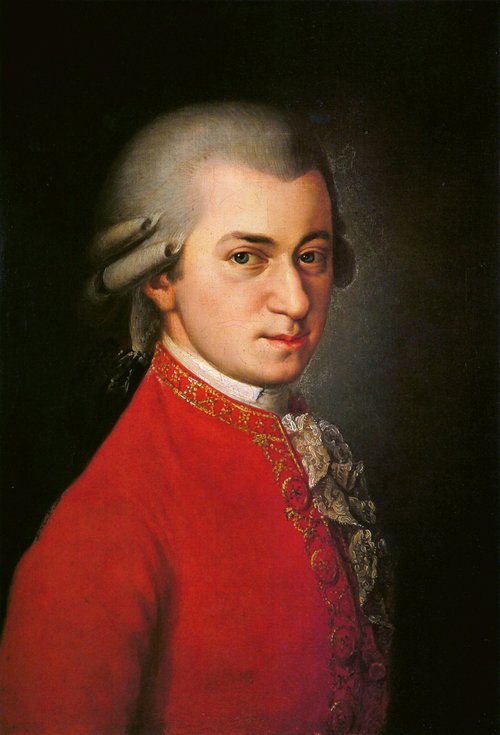
Johannes Chrysostomus Wolfgangus Theophilus Mozart
27-Jan-1756 to 5-Dec-1791 -- Mozart would have recently celebrated his 258th Birthday!
Salzburg, Austria
Classical Era Composer
Already competent on keyboard and violin, he composed from the age of five and performed before European royalty. His first symphony was 1 in E flat major (K. 16), written when he was just 8 years old in 1764, and his first opera (Die Schuldigkeit des ersten Gebots) at the age of 11.
He composed over 600 musical compositions, many acknowledged as pinnacles of symphonic, concertante, chamber, operatic, and choral music. He is among the most enduringly popular of classical composers, and his influence on subsequent Western art music is profound; Beethoven composed his own early works in the shadow of Mozart, and Joseph Haydn wrote that "posterity will not see such a talent again in 100 years."
You May Know: Eine kleine Nachtmusik (Serenade No. 13 for strings in G major), K. 525
You Should Check Out: Don Giovanni (Opera, 1787)
#bitesize#mozart#wolfgang#amadeus#johannes#chrysostomus#theophilus#austria#salzburg#classical#music#info#summary#chunks#opera#symphony#wunderkind#highlightsthroughtime
5 notes
·
View notes